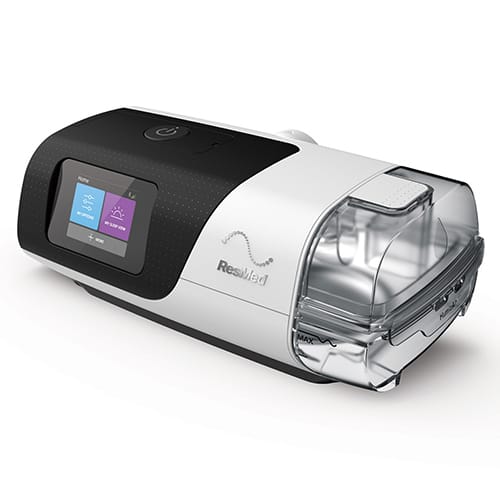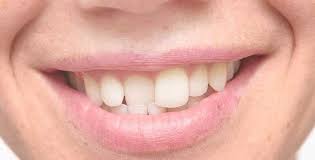Getting an ear piercing in Dubai ( ثقب الأذن في دبي)is an exciting way to express yourself, but like any body modification, it can sometimes come with complications. Whether it’s swelling, infection, or allergic reactions, knowing how to handle these issues promptly and effectively is key to ensuring your piercing heals well and looks great for years to come. This guide will walk you through common complications and professional tips on managing them confidently.
Recognizing Common Ear Piercing Complications:
The first step to managing any piercing issue is knowing the signs. Common complications include redness, swelling, excessive pain, discharge that’s yellow or green, itching, and bumps forming around the piercing site. Some may experience allergic reactions to jewelry materials, while others might deal with prolonged healing times. Early recognition helps prevent worsening problems.
How to Treat Minor Swelling and Redness:
Minor swelling and redness are normal immediately after a piercing but should gradually improve. To ease these symptoms, apply a clean, warm compress to the area several times a day. Avoid harsh chemicals or excessive cleaning, which can aggravate irritation. Keeping the piercing dry and clean with saline solution supports healing and reduces inflammation.
Identifying and Handling Infections:
Infections are a common complication if bacteria enter the piercing site. Symptoms include intense redness, warmth, pain, pus, and sometimes fever. If you suspect infection, increase cleaning frequency using sterile saline and avoid removing the jewelry unless advised by a professional. In severe cases, seek medical attention promptly to prevent complications.
Dealing with Allergic Reactions:
Allergic reactions to metals in earrings can cause persistent itching, swelling, and rash around the piercing. Opt for hypoallergenic jewelry such as titanium, surgical steel, or 14-karat gold to minimize risk. If an allergy develops, remove the offending jewelry and consult a professional piercer or doctor for appropriate treatment options.
Managing Keloids and Hypertrophic Scars:
Some people develop raised scars like keloids or hypertrophic scars at the piercing site. These can be itchy or tender and may grow beyond the piercing area. Treatment includes silicone gel sheets, pressure earrings, or corticosteroid injections administered by a dermatologist. Early intervention prevents extensive scarring.
Understanding Piercing Rejection and Migration:
Piercing rejection happens when the body pushes the jewelry out, while migration involves the jewelry moving from its original position. Both issues often arise from poor placement or unsuitable jewelry. If you notice the piercing shifting or thinning skin around it, consult your piercer for options like jewelry changes or removal to avoid permanent damage.
How to Avoid Complications with Proper Aftercare:
Good aftercare dramatically reduces complications. Always wash your hands before touching the piercing, clean the site twice daily with saline solution, avoid swimming in pools or natural bodies of water during healing, and avoid sleeping on the new piercing. Also, refrain from changing jewelry prematurely to allow the hole to stabilize.
When to Seek Professional Help:
While many minor issues can be managed at home, some complications require expert care. Persistent pain, spreading redness, fever, severe swelling, or unusual discharge are signs to see a healthcare professional. Also, if you’re unsure about your piercing’s healing or suspect an allergy, consult your piercer or doctor immediately.
Why Choosing a Reputable Piercing Studio Matters:
Choosing a trusted place for ear piercing ( ثقب الأذن ) minimizes risks. Professional piercers follow strict hygiene standards, use high-quality sterile equipment, and provide personalized aftercare advice. This foundation significantly reduces complications and helps ensure a smooth healing process.
Common Myths About Piercing Complications:
Many myths surround piercing complications, such as the need to rotate earrings daily or that home remedies like toothpaste can help infections. These can actually harm your piercing. Always rely on professional aftercare instructions and avoid experimenting with unproven treatments that may worsen the issue.
The Role of Jewelry Quality in Complication Prevention:
The type of jewelry you choose impacts healing. Cheap or non-hypoallergenic metals can cause irritation and allergies. Investing in high-quality materials designed for initial piercings reduces complications and promotes comfort. If you notice any discomfort or reaction, swapping to better jewelry is a wise choice.
Lifestyle Factors That Affect Healing:
Lifestyle plays a role in how well your piercing heals. Smoking, poor diet, and exposure to pollutants can delay healing and increase infection risk. Maintaining a healthy lifestyle, staying hydrated, and protecting your piercing from trauma supports faster recovery and fewer complications.
How to Handle Ear Piercing Pain Effectively:
Mild pain is expected after a piercing but should lessen quickly. Over-the-counter pain relievers can help, along with cold compresses to reduce swelling. Avoid pressing or fiddling with the piercing, as this can increase pain and irritation. If pain persists beyond a couple of weeks, seek professional advice.
Final Thoughts:
Handling ear piercing complications like a pro requires knowledge, prompt care, and sometimes professional assistance. Whether you got your ear piercing in Dubai or elsewhere, always be vigilant for signs of trouble, follow aftercare protocols carefully, and never hesitate to reach out to experts if you need help. Taking these steps ensures your piercing remains a beautiful and healthy expression of your personal style.







0 Comments